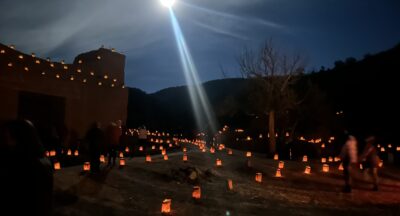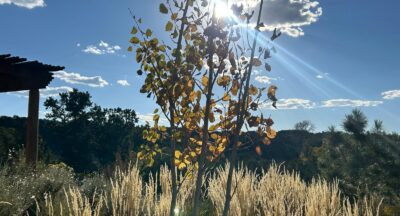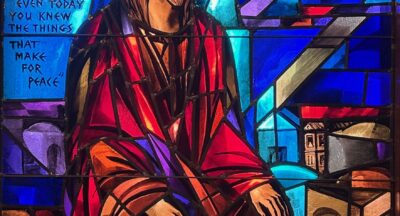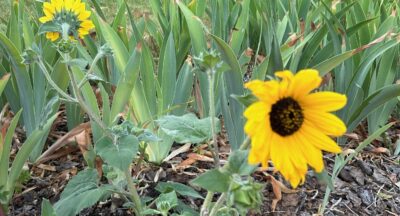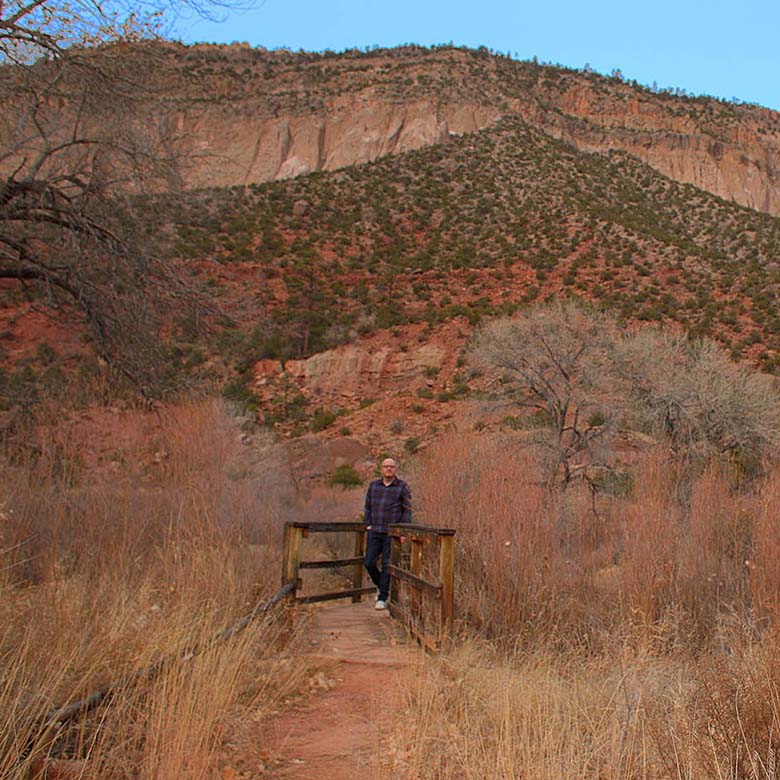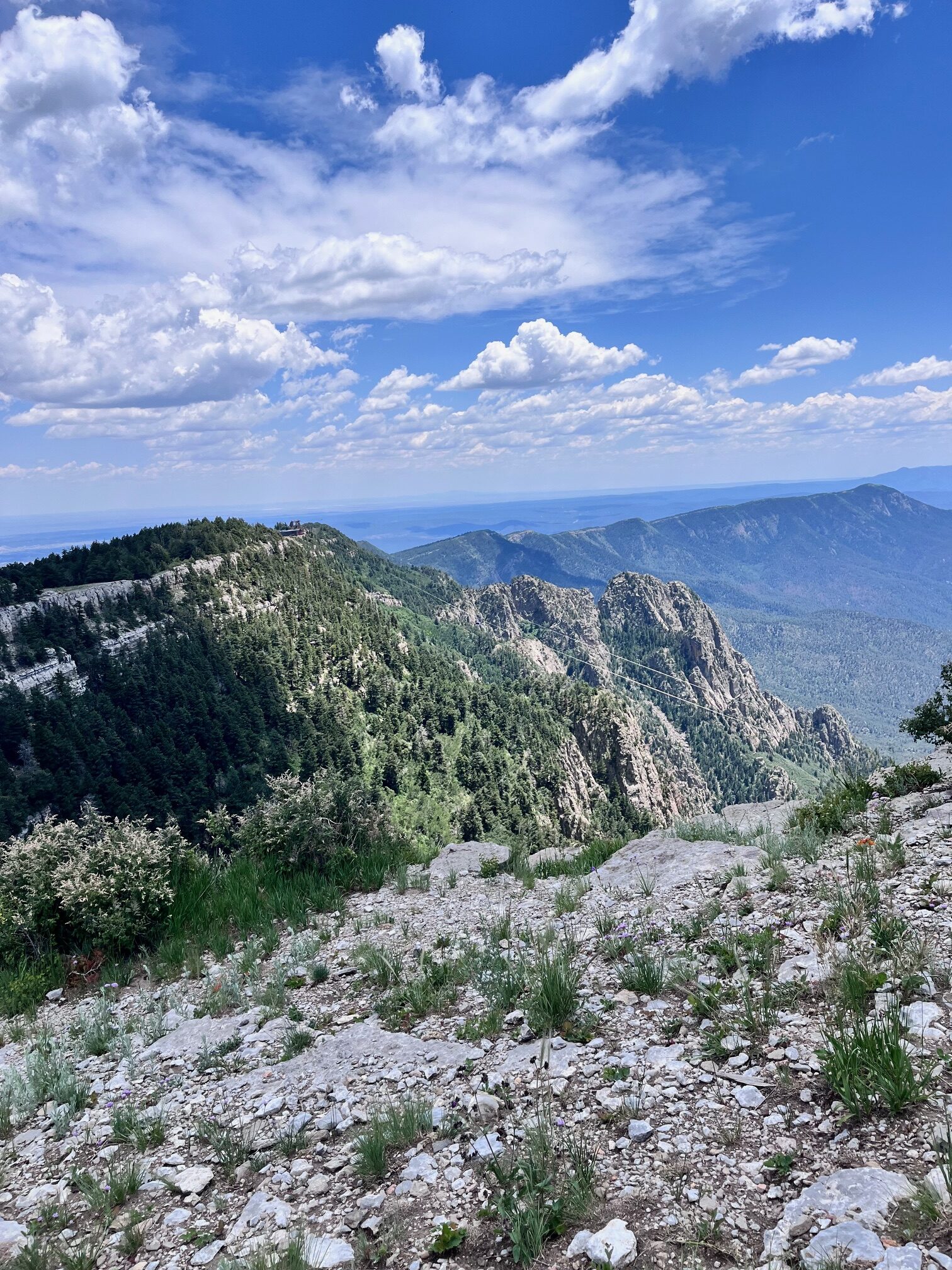
Living in the Wilderness: A Desert of Life or a Desert of Despair
The climate where I live in Albuquerque New Mexico is referred to as High Desert Climate. The high desert climate is characterized by dry and warm summers, cold winters, and low rainfall. The topography is such that the Sandia Mountain range – which at its highest point measuring 10,678 feet – circles fast parts of the city with vistas reaching into what feels like uncharted and untouched land. I once heard a visitor to the area remark, “I had no idea there were so many earth-tones and shades of red!” I personally never tire of watching the sunset over the Sandians with deep and distinctive shades of reds, yellows, and orange. This area of the country is truly what I would refer to as a wonderful and wild wilderness.
The wilderness is a place of paradox. It can be both barren and beautiful, both isolating and illuminating. In Scripture, the wilderness is often a place of testing, transformation, and divine encounter. The Israelites wandered for forty years, relying on daily manna and learning to trust God. Jesus spent forty days in the wilderness, fasting and facing temptation before stepping into his public ministry. The wilderness is never just one thing—it is both a place of struggle and a place of sacred possibility.
Many of us find ourselves in a wilderness season at some point in life. The loss of a job, the breakdown of a relationship, a season of deep uncertainty—these moments feel like wandering through a desert, unsure if we are being refined or simply lost. Is this desert a place of life, where God is shaping something new? Or is it a desert of despair, where all hope seems to dry up?
Perhaps the answer depends on where we turn our focus. In a desert of despair, all we see is what is missing—the dried-up riverbeds, the unrelenting sun, the endless horizon with no clear path. But in a desert of life, we begin to notice the unexpected graces: the small spring that emerges from a rock, the shade of a lone tree, the resilience of life that somehow finds a way to bloom.
The difference between the two is not the landscape itself, but our willingness to see the possibility within it. The wilderness can strip away illusions, but it can also make room for deeper faith.
The Israelites didn’t stay in the desert forever. Jesus emerged from the wilderness strengthened for his purpose and calling. And so, when we find ourselves in a wilderness season, we can ask: Is this a place where God is absent, or is it a place where God is waiting to meet us?
The wilderness may feel like a place of exile, but it is also where transformation happens. It can be a desert of despair, but it can also be a desert of life.
The choice is in how we walk through it.
Blessings on the journey –
Related Posts
Finding Joy in the Darkness
I would like to take a moment of personal privilege to say Happy Birthday to all...
Infusing Calm and Joy Into Your Life: Simple Practices for Daily Serenity
I was reminded this weekend of the importance of finding calm and joy in one’s...
Lamentation: What Do You Lament?
I am a big fan of stained glass – specifically stained glass that is used to...
How Does Your Garden Grow: The Tale of the Fig Tree
There is something magical about this time of year. It’s the time where you see...


